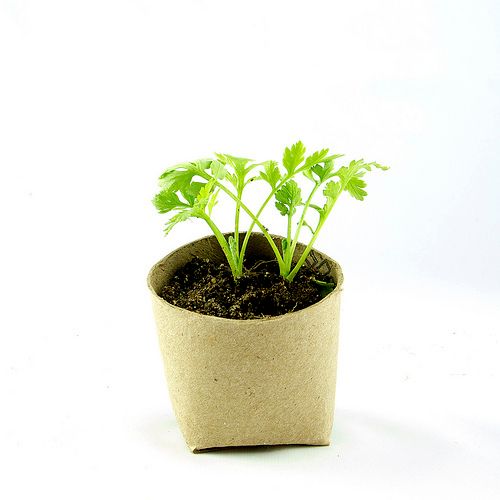
Late winter and early spring is the time for starting seeds indoors, in a greenhouse or cold frame. Now that those tiny seeds have become sturdy little seedlings how can you prepare your little sprouts to handle the big, bad outdoor world in the garden bed?
Here are five sure-fire steps to take when the time is right for transplanting:
1. Harden Off Your Seedlings — Seedlings that were started indoors or under cover need to become acclimated to the outside elements. This is done by exposing them to their outdoor environment slowly by lengthening the hours until they’re toughened up a bit.
2. Perfect Weather — Perfect transplanting weather may not look like that you think it should; drizzly or overcast weather is the ideal situation. If you don’t see any in the forecast, plant them in the early morning when there’s the least amount of sun for them to contend with.
2. Get ‘Em Ready — A few days before the big event I like to give my youngsters a boost of energy with some organic liquid fertilizer to help with any shock as I disrupt their tiny roots during transplanting. Give them a drink of water several hours before planting them into their permanent home.
3. Timing — I like to get my seedlings into the ground after they have a couple of sets of “true” leaves. I like them full and healthy looking but not to the point of getting lanky as they outgrow their starter containers. Plus larger seedlings have a harder time recovering from the root disturbance.
4. Dig Holes First — Your plants will thank you if you have their new home set up and ready to go before you pull them out of their containers. This allows for minimal transplant shock because the roots aren’t over exposed to elements like the sun or wind.
5. Handle carefully — When you’re removing tiny plants from their containers do it gently, taking care not to bang or smash the roots. Try to keep as much of the original soil around the roots as you possibly can. A tool such as a small trowel used carefully is fine, but I always prefer my hands because it makes me aware of how much pressure I’m using, etc. Also, I don’t know any transplant that doesn’t appreciate a little extra compost tossed into the planting hole.
How Deep Should Vegetable Seedlings Be Planted?
Crops such as beets, lettuce, artichokes, and strawberries like their roots to sit right below the soil’s surface — just up to the crown (the place where they begin to grow ). Watermelon, cantaloupe, zucchini, and cucumbers should be planted deep enough so that the soil comes up to the base of their first leaves. While vegetables such as tomatoes, peppers, and eggplant like to be planted quite deep; the stem and the entire first set of leaves should be buried under the soil.


















Comments
Log in or create an account to post a comment.
Sign up Log in